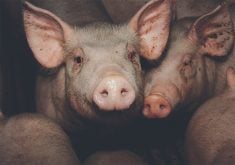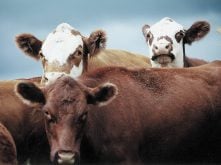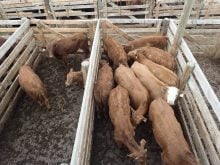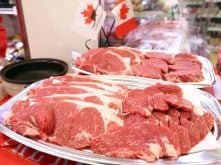While the H1N1 virus is no longer a front page story, an outbreak of a new strain of influenza remains a threat to humans and other species.
That’s why scientists with the U.S. Department of Agriculture are developing a new weapon to combat the spread of influenza – disease detecting dogs.
“The advantage of using a biosensor (a dog) is that samples can be screened rapidly in the field,” said Bruce Kimball, a research chemist with the USDA in Fort Collins, Colorado, in an e-mail.
Read Also

More factors affecting winter weather
When you combine a weak La Niña, early Siberian snow, and a warm northern Pacific, it’s easy to see why long-range winter forecasting is so complex.
“In a traditional survey, swabs would be taken from captured animals and the samples sent to the lab for virology.”
Kimball said ducks, geese and other migrating birds can spread flu viruses as they move from one region to another.
If dogs can rapidly detect the presence of a hazardous virus, then local authorities could take action before one positive case becomes an outbreak.
Through work with the Monell Chemical Senses Centre in Philadelphia, Kimball and others have already proven that mice can detect bird feces infected with influenza. The scientists put mice in a maze and rewarded the mice if they selected a destination that had the odour of infected duck feces. Eventually the mice learned what infection smells like, distinguishing it from the scent of non-infected feces.
It’s hard to know why infected feces smells differently than healthy feces, Kimball said. But he will seek an answer to that question during the next phase of the research.
“We envision two broad, real-world applications of our findings,” Kimball said during a recent presentation.
“First, we anticipate use of trained disease-detector dogs to screen feces, soil or other environmental samples to provide us with an early warning about the emergence and spread of flu viruses. Second, we can identify the specific odour molecules that mice are sensing and develop laboratory instruments and in-the-field detectors to detect them.”















